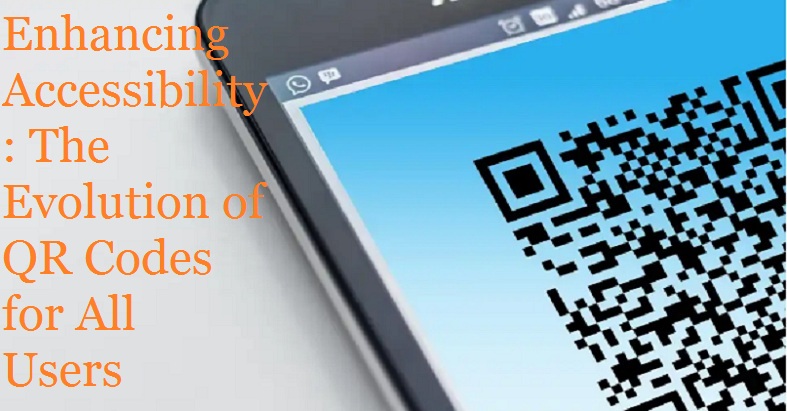In today’s digital age, QR codes have become ubiquitous in our daily lives, offering convenience and quick access to information. However, their accessibility for people with disabilities has been a growing concern. This article delves into the advancements made in QR Code technology to make them more inclusive and user-friendly, ensuring that everyone, regardless of their abilities, can benefit from this digital tool.
The Basics of QR Codes
Understanding QR Code Functionality
QR codes are matrix barcodes that store information and can be scanned using a smartphone camera. They serve as a digital shortcut, providing instant access to various content, from restaurant menus to event entry.
Accessible (AQR)
Definition and Importance
Accessible QR Codes are designed to be usable by a wide range of people, including those with visual and hearing impairments. These adaptations make it a more inclusive digital tool.
Innovations in AQR
Recent developments, such as QR Braille and applications like Zapvision, have made significant strides in making it more accessible. QR Braille adds tactile elements to help locate the code, while Zapvision assists in detecting QR Codes from a distance, using audio cues.
Real-World Applications of Accessible Technology
In Retail: Enhanced Product Information
Brands like KitKat and Hershey’s Kisses use QR codes on packaging to provide accessible product information, beneficial for visually impaired consumers.
In Museums: Inclusive Art Experiences
The National Museum of Scotland utilized audio QR Codes in an exhibition, allowing visually impaired visitors to access readings related to displayed objects.
In Heritage Sites: Access for the Hearing Impaired
At UNESCO’s Golconda Fort, QR Codes open video presentations in sign language, aiding visitors with hearing disabilities.
Best Practices for Creating Accessible Codes
Creating QR Codes with Beaconstac
The process involves choosing a campaign type, adding content, and customizing the QR Code using the Beaconstac dashboard.
Enhancing Accessibility
To make it more accessible:
- Use Braille labels for additional instructions.
- Ensure compatibility with assistive technologies.
- Opt for high-contrast colours for better visibility.
- Offer content in multiple languages to accommodate a diverse audience.
The Impact of Accessible (AQR)
Reaching a Wider Audience
By making it accessible, they become a tool everyone can use, enhancing inclusivity and reach.
Integration with Design Software
Using integrations like Zapier, it can be made more accessible with elements like Braille beads or engraved surfaces paired with Braille CTAs.
Conclusion
Accessible QR Codes are a testament to the ongoing evolution of technology, striving to include everyone in the digital revolution. By adopting these practices, it can transcend their conventional use, becoming a tool for inclusivity.
Frequently Asked Questions
- Creating an Accessible QR Code: Utilize Beaconstac, ensure contrasting colours, add descriptive text, and incorporate the latest technologies like QR Braille and Zapvision.
- Accessibility for People with Disabilities: While standard Codes may pose challenges, adaptations like Braille text and assistive technologies enhance accessibility.
- Blind: Through Braille adaptations and assistive technologies like text-to-voice, it become more accessible to blind individuals.

1 thought on “Enhancing Accessibility: The Evolution of QR Codes for All Users”